COVID-19 Preventative Measures - Planning a Mass Food Distribution
ID
FST-381-9NP
Planning plate sales, fundraisers and other mass feeding events in advance is key to reducing the risk of foodborne illness and preventing the spread of COVID-19 as food and ingredients are distributed in the masses. If you are planning an event to distribute to large groups of people consider the health of volunteers and other people, maintaining social distance, training food safety best practices and effectively cleaning and disinfecting.
PLANNING YOUR EVENT
- Consider these questions when you are planning a mass food distribution:
- Plan the type of food you will serve. Is it already prepared food? Making the food from scratch?
- How will food be safely handled, served and packaged?
- What are your equipment needs for cold/hot holding and transporting food?
- How many people are you feeding?
- How many people are handling the food and will the volunteers be in groups?
- How will you communicate food safety guidelines for cooking large volumes of food?
- How you will distribute food while maintaining a physical distance?
VOLUNTEERS' PERSONAL HEALTH
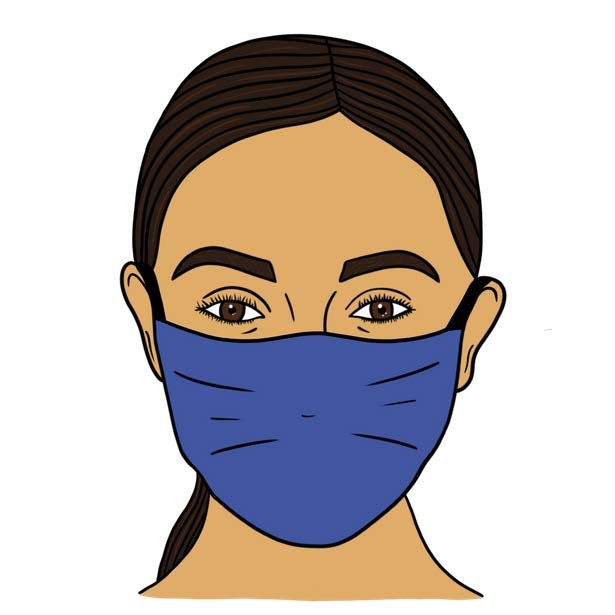
- Volunteers should be encouraged to wear cloth face coverings at all times
- Volunteers who have been exposed to COVID-19 or have COVID-19 symptoms should stay home
- If a volunteer is sick, send them home immediately. Clean and disinfect surfaces in their workspace. Others at the facility with close contact of the sick volunteer during this time should be considered exposed.
- Hands should be washed frequently
- Cover any cuts and sores with waterproof bandages
- If soap and water are not readily available, then use an alcohol-based hand sanitizer with at least 60% alcohol
- Avoid touching your eyes, nose, and mouth
HANDWASHING STEPS
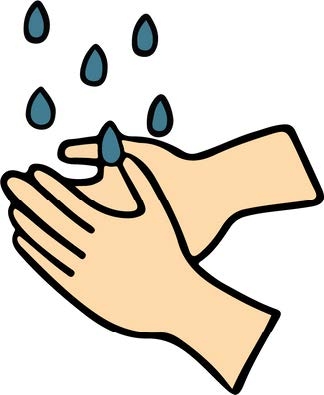
1. Wet your hands with clean, running water
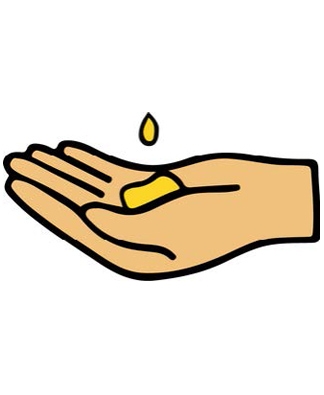
2. Apply soap
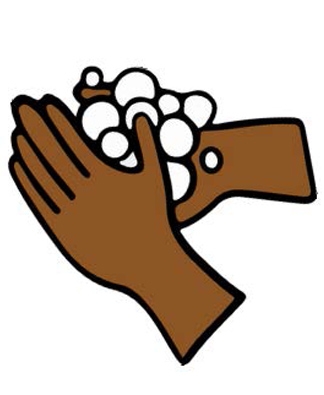
3. Lather and scrub your hands for at least 20 seconds
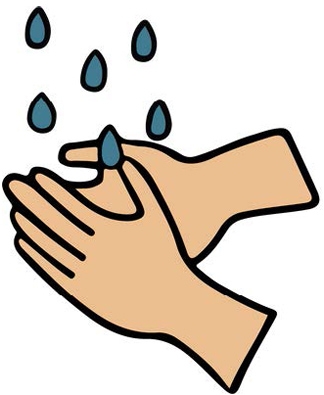
4. Rinse your hands well under clean, running wate
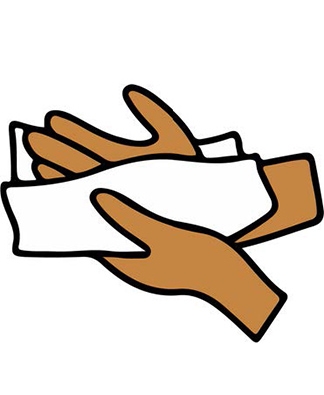
5. Dry your hands using a clean towel or air dry them
CLEANING AND DISINFECTING
- Surfaces can be a factor in transmission, although probably much less than person-to-person transmission
- High-touch surfaces should still be cleaned and disinfected regularly. These may include:
- Tables, prep areas
- Restrooms, door handles, faucets
- CDC recommends cleaning followed by disinfection as a best practice for prevention of COVID-19
- Use bleach or compounds listed on EPA List N, found at go.ncsu.edu/epacovid-19
- Household bleach may also be used at a concentration of 1000ppm for minimum of one minute
- 5 tablespoons (1/3 cup) bleach per gallon of water or 4 teaspoons bleach per quart of water
PHYSICAL DISTANCING
- Plan to keep volunteers at least six feet apart as much as possible
- Space out work areas and provide ground markers for volunteers and customers

Stay informed: ext.vt.edu/covid-19updates
Updated August 26, 2020


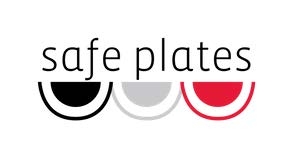
Virginia Cooperative Extension materials are available for public use, reprint, or citation without further permission, provided the use includes credit to the author and to Virginia Cooperative Extension, Virginia Tech, and Virginia State University.
Virginia Cooperative Extension is a partnership of Virginia Tech, Virginia State University, the U.S. Department of Agriculture (USDA), and local governments, and is an equal opportunity employer. For the full non-discrimination statement, please visit ext.vt.edu/accessibility.
Publication Date
September 9, 2020



